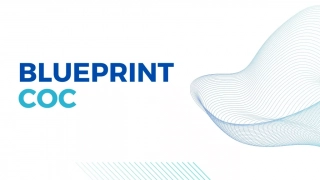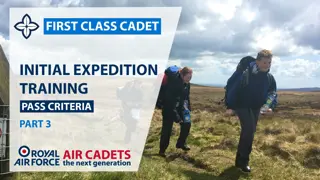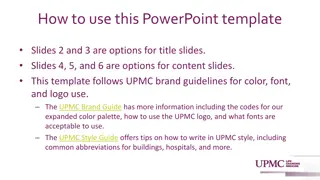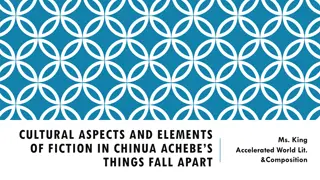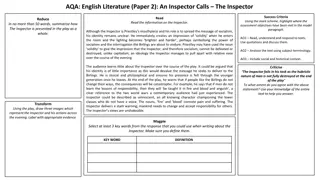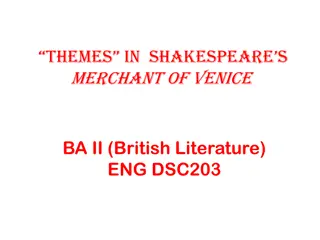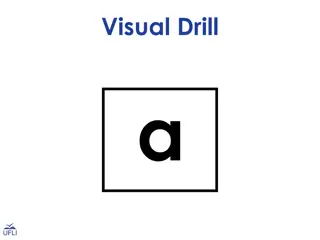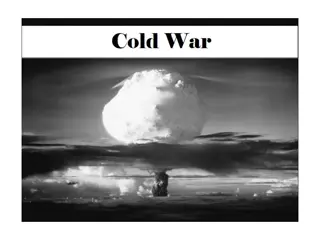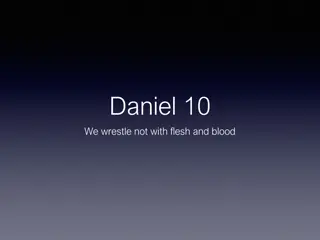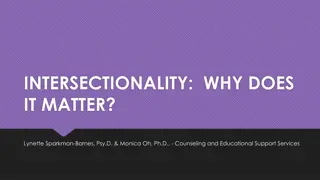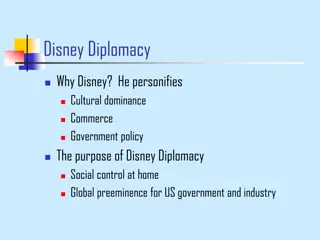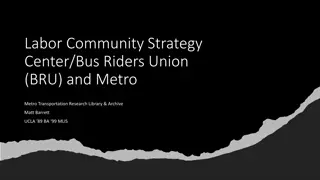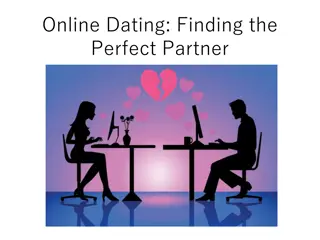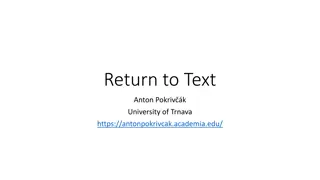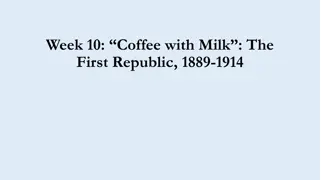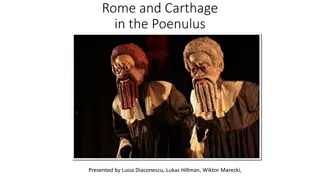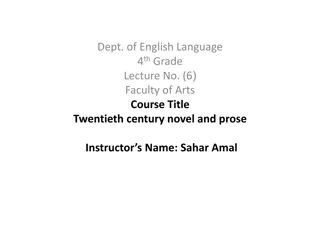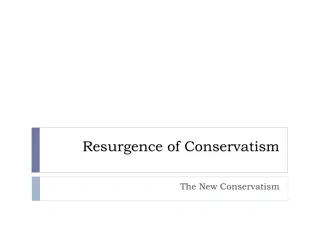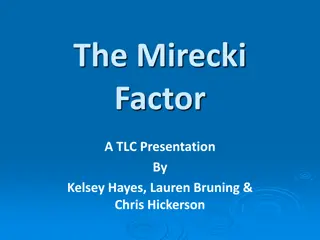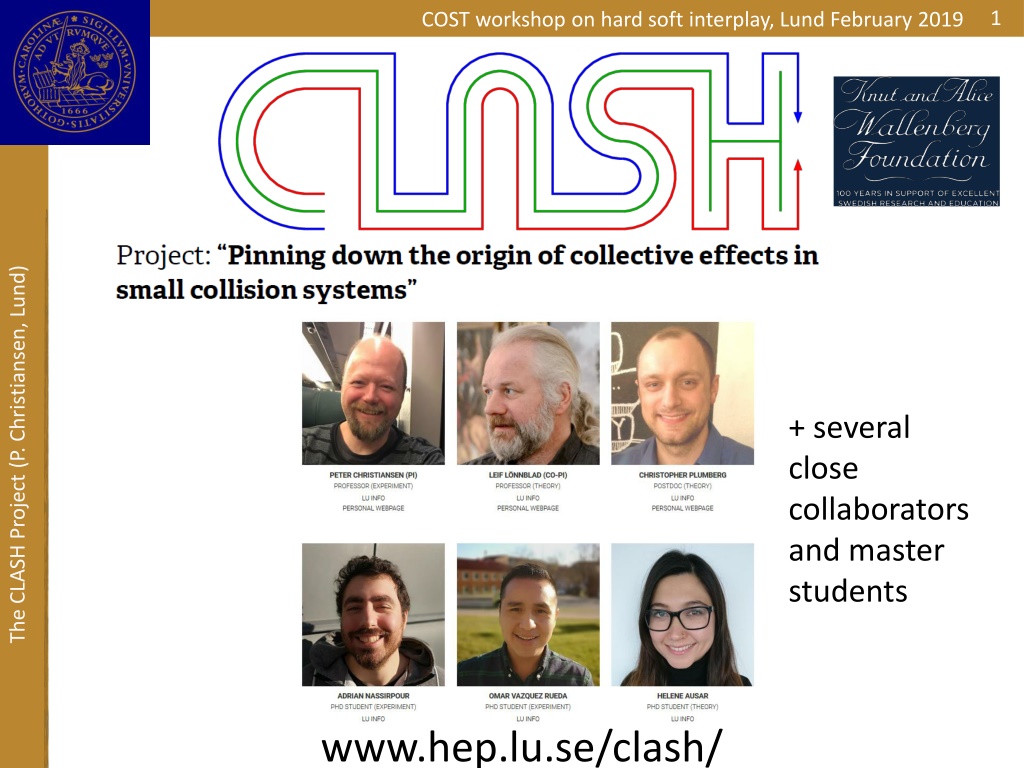
Workshop on Hard-Soft Interplay in Lund 2019
Explore the CLASH Project in Lund's workshop on hard-soft interplay, focusing on confronting traditional paradigms in collisional systems and developing new theoretical models and measurement methods. Discover the quest for the best observables to differentiate between models for QGP-like effects in small systems.
Download Presentation

Please find below an Image/Link to download the presentation.
The content on the website is provided AS IS for your information and personal use only. It may not be sold, licensed, or shared on other websites without obtaining consent from the author. If you encounter any issues during the download, it is possible that the publisher has removed the file from their server.
You are allowed to download the files provided on this website for personal or commercial use, subject to the condition that they are used lawfully. All files are the property of their respective owners.
The content on the website is provided AS IS for your information and personal use only. It may not be sold, licensed, or shared on other websites without obtaining consent from the author.
E N D
Presentation Transcript
1 COST workshop on hard soft interplay, Lund February 2019 The CLASH Project (P. Christiansen, Lund) + several close collaborators and master students www.hep.lu.se/clash/
2 COST workshop on hard soft interplay, Lund February 2019 How to pin down the origin of collective effects in small systems: We want to confront the traditional paradigm for small collisional systems (microscopic models based on quarks and gluons) with the QGP- paradigm originating in large collisional systems (macroscopic models based on relativistic viscous hydrodynamics) The CLASH Project (P. Christiansen, Lund)
3 COST workshop on hard soft interplay, Lund February 2019 Macroscopic vs microscopic models The CLASH Project (P. Christiansen, Lund) Stat. thermal model Canonical Grand-canonical Hydrodynamics Radial flow Azimuthal anisotropic Tunneling of qq -pairs Strings Ropes String interactions Color reconnection Shoving
4 COST workshop on hard soft interplay, Lund February 2019 The 3 pillars of CLASH Development of new theoretical models and generators (mainly theory) Angantyr (covered in this workshop) Search for jet quenching in small systems (mainly experiment) Develop new more sensitive experimental measurement methods Search for the best observables to differentiate between models for QGP-like effects in small systems Where we CLASH The CLASH Project (P. Christiansen, Lund)
5 COST workshop on hard soft interplay, Lund February 2019 Best observables: some ideas Tool to select events with more or less QGP- like effects, e.g., transverse spherocity Can we prove that strangeness enhancement and flow is correlated (V. Vislavicius, Wednesday) : can this meson with hidden strangeness (S=0) provide insights into the strangeness production (V. Vovchenko, Wednesday) Hopefully many more to come The CLASH Project (P. Christiansen, Lund)
6 COST workshop on hard soft interplay, Lund February 2019 But importantly The CLASH Project (P. Christiansen, Lund)
7 COST workshop on hard soft interplay, Lund February 2019 For many things We need help to identify the most sensitive observables to the underlying physics in your model We need to extend heavy-ion ideas/models to small systems Very non-trivial as this means to insert mini-jet like physics We need to develop new more sensitive measurements We need new fresh ideas The CLASH Project (P. Christiansen, Lund)
8 COST workshop on hard soft interplay, Lund February 2019 CLASH workshop in August Continuation of series International Workshop on QCD Challenges from pp to AA August 19-23 Format will be CLASHy Few or no talks but much interactions More a Berserk than a Workshop Goal is to define measurements or calculations needed to make significant progress on a series of open topics The CLASH Project (P. Christiansen, Lund)
9 COST workshop on hard soft interplay, Lund February 2019 There can be only one! The CLASH Project (P. Christiansen, Lund) Thank you!
10 COST workshop on hard soft interplay, Lund February 2019 Backup slides The CLASH Project (P. Christiansen, Lund)
11 COST workshop on hard soft interplay, Lund February 2019 What particle to measure? QGPmeter The CLASH Project (P. Christiansen, Lund) My view: we need to establish these methods using bulk particles: , K, p And then go to multi-strange hadrons as they are the most sensitive to the QGP-like effects!
12 COST workshop on hard soft interplay, Lund February 2019 production in string vs thermal models The CLASH Project (P. Christiansen, Lund) s s q q s s String model: Requires 2 string breakings to make a Enhanced with activity in a rope model! Statistical thermal model: no open strangeness No canonical suppression (should follow proton)
13 COST workshop on hard soft interplay, Lund February 2019 Na ve behavior is more as expected from stronger color field So it seems that these results would favour a model where the production grows with multiplicity, e.g., strings ropes The CLASH Project (P. Christiansen, Lund) https://indico.cern.ch/event/576735/contributions/2566924/
14 COST workshop on hard soft interplay, Lund February 2019 But we should also study correlations for the K+(?) K-(?) s The CLASH Project (P. Christiansen, Lund) s q q s s What to expect? Strings/ropes (jets): strong -K correlations Stat. thermal model: weak -K correlations (there can still be, e.g., intra-jet correlations) Recombination: weak -K correlations ? My view: if we think there is a change in the hadronization mechanism then we must find a way to probe this change

